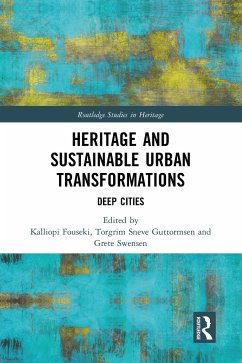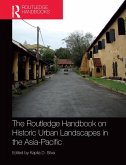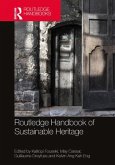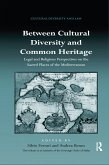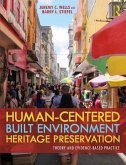Heritage and Sustainable Urban Transformations introduces the concept of 'deep cities', a novel approach to the understanding and management of sustainable historic cities that will advance knowledge about how the long-term, temporal and transformative character of urban heritage can be better integrated into urban policies for sustainable futures. Contrary to the growing emphasis on green or smart cities, which focus only on the present and future, the concept of 'deep cities' offers an approach that combines an in-depth understanding of the past with the present and future.
Bringing together chapters that cover theoretical, methodological and management issues related to 'deep cities', the volume argues that using this approach will force researchers, managers and consultants to actively use the heritage and history of a city in the planning and management of sustainable cities. Exploring different definitions of 'deep cities', the book reveals varying and sometimes conflicting views among stakeholders concerning how, where and when the depth of a city should be conceptualized. Despite this, the book demonstrates how this new approach can help to create robust cities for the future, as new and innovative solutions are combined with the preservation and strengthening of historical features.
Heritage and Sustainable Urban Transformations is the first international collection on the subject of sustainable historic cities. As such, the book will be of great interest to academics and students engaged in the study of heritage, heritage management, architecture, heritage conservation, anthropology, development studies, geography, planning and archaeology.
Bringing together chapters that cover theoretical, methodological and management issues related to 'deep cities', the volume argues that using this approach will force researchers, managers and consultants to actively use the heritage and history of a city in the planning and management of sustainable cities. Exploring different definitions of 'deep cities', the book reveals varying and sometimes conflicting views among stakeholders concerning how, where and when the depth of a city should be conceptualized. Despite this, the book demonstrates how this new approach can help to create robust cities for the future, as new and innovative solutions are combined with the preservation and strengthening of historical features.
Heritage and Sustainable Urban Transformations is the first international collection on the subject of sustainable historic cities. As such, the book will be of great interest to academics and students engaged in the study of heritage, heritage management, architecture, heritage conservation, anthropology, development studies, geography, planning and archaeology.

